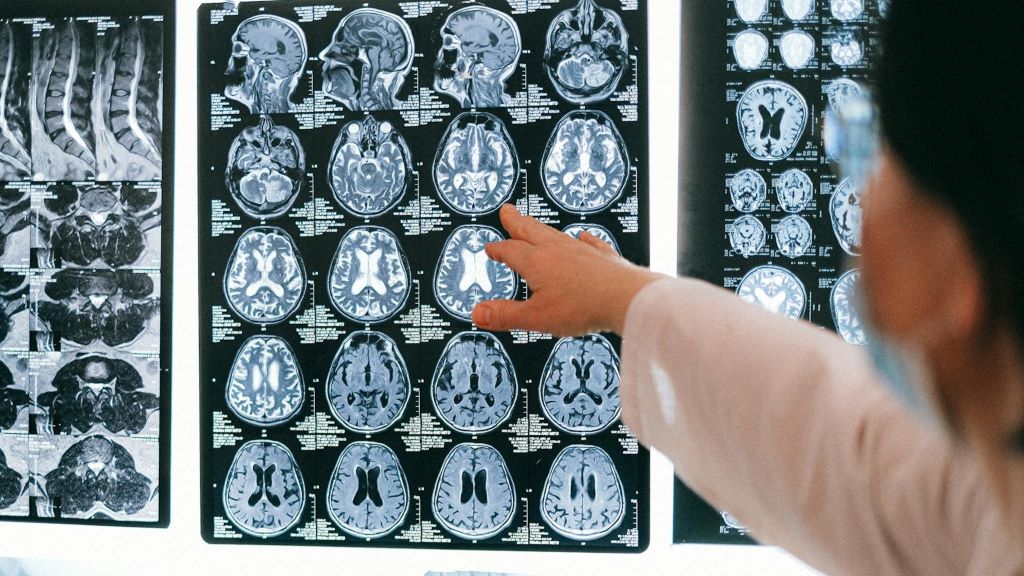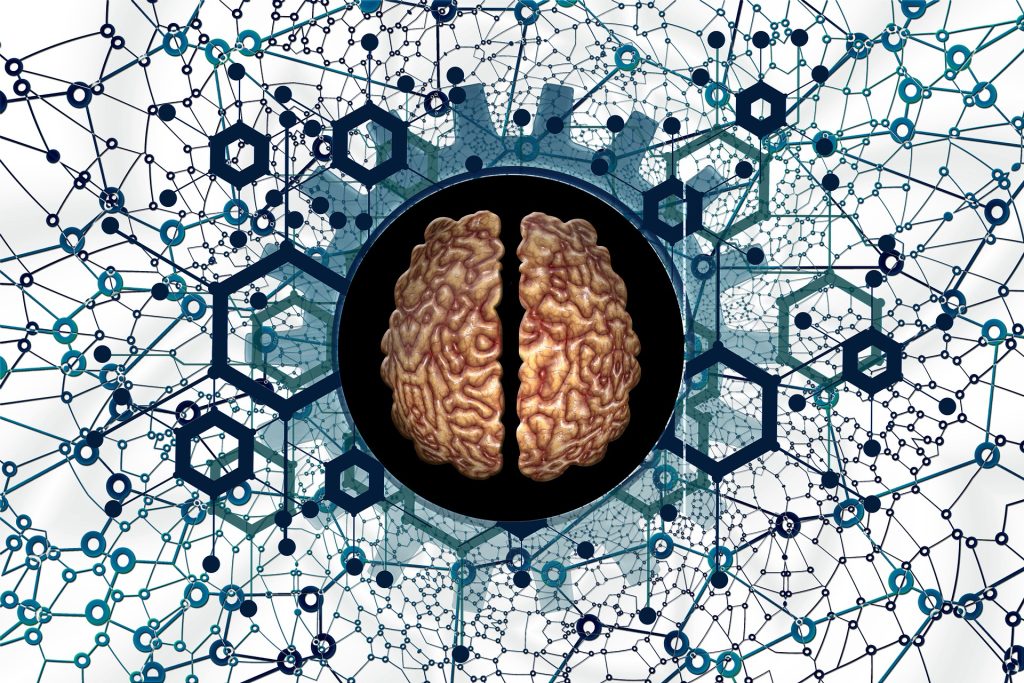An Ancient Brain Area Processes Numerical Concepts

New research in patients undergoing neurosurgery reveals the unique human ability to conceptualise numbers may be rooted deep within the brain. In good news for those who are stumped by maths, the results of the study by Oregon Health & Science University involving neurosurgery patients suggests new possibilities for tapping into those areas to improve learning.
“This work lays the foundation to deeper understanding of number, math and symbol cognition – something that is uniquely human,” said senior author Ahmed Raslan, MD, professor and chair of neurological surgery in the OHSU School of Medicine. “The implications are far-reaching.”
The study appears in the journal PLOS ONE.
Raslan and co-authors recruited 13 people with epilepsy who were undergoing a commonly used surgical intervention to map the exact location within their brains where seizures originate, a procedure known as stereotactic electroencephalography. During the procedure, researchers asked the patients a series of questions that prompted them to think about numbers as symbols (for example, 3), as words (“three”) and as concepts (a series of three dots).
As the patients responded, researchers found activity in a surprising place: the putamen.
Located deep within the basal ganglia above the brain stem, the putamen is an area of the brain primarily associated with elemental functions, such as movement, and some cognitive function, but rarely with higher-order aspects of human intelligence like solving calculus. Neuroscientists typically ascribe consciousness and abstract thought to the cerebral cortex, which evolved later in human evolution and wraps around the brain’s outer layer in folded grey matter.
“That likely means the human ability to process numbers is something that we acquired early during evolution,” Raslan said. “There is something deeper in the brain that gives us this capacity to leap to where we are today.”
Researchers also found activity as expected in regions of the brain that encode visual and auditory inputs, as well as the parietal lobe, which is known to be involved in numerical and calculation-related functions.
From a practical standpoint, the findings could prove useful in avoiding important areas during surgeries to remove tumors or epilepsy focal points, or in placing neurostimulators designed to stop seizures.
“Brain areas involved in processing numbers can be delineated and extra care taken to avoid damaging these areas during neurosurgical interventions,” said lead author Alexander Rockhill, PhD, a postdoc in Raslan’s lab.
Researchers credited the patients involved in the study.
“We are extremely grateful to our epilepsy patients for their willingness to participate in this research,” said co-author Christian Lopez Ramos, MD, neurosurgical resident at OHSU. “Their involvement in answering our questions during surgery turned out to be the key to advancing scientific understanding about how our brain evolved in the deep past and how it works today.”
Indeed, the study follows previous lines of research involving mapping of the human brain during surgery.
“I have access to the most valuable human data in nature,” Raslan said. “It would be a shame to miss an opportunity to understand how the brain and mind function. All we have to do is ask the right questions.”
In the next stage of this line of research, Raslan anticipates discerning areas of the brain capable of performing other higher-level functions.
Source: Ohio State University







